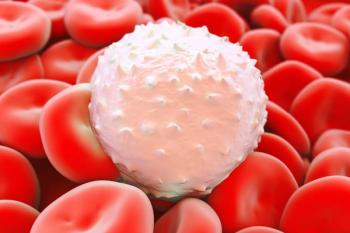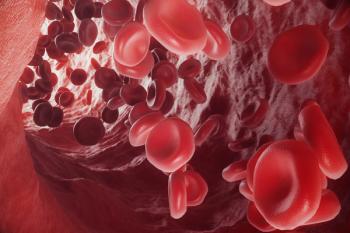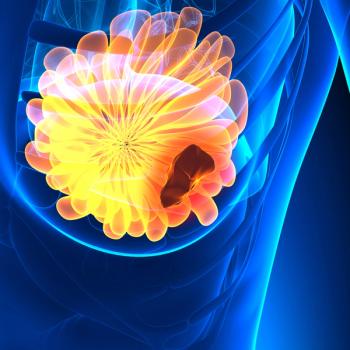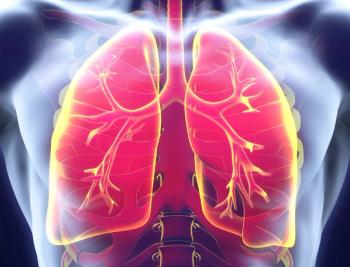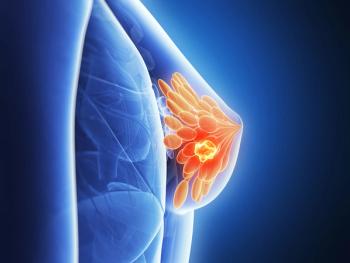
Integrated Clinical Radiomics Model Plus 18F-FDG PET/CT Signature May Predict PFS in Breast Cancer
Independent factors such as the integrated clinical radiomics model and 18F-FDG PET/CT radiomics signature may be predictive of progression-free survival in breast cancer.
Progression-free survival (PFS) could be independently predicted in patients with breast cancer using an integrated clinical-radiomics model and 18F-FDG PET/CT radiomics signature, according to a poster presentation from the
In the training set, PFS was significantly associated with radiomics score (P = .00081) and clinical score (P <.0001) in the training set. However, there was no significant difference in the test set (P = .26; P = .13, respectively), which could be indicative of notable heterogeneity in breast cancer. Investigators noted that PFS could not be predicted by the clinical model and radiomics signature alone, respectively, and that a larger sample study was needed to verify the data.
In both the training set (P <.0001) and the test sets (P = .0034), the integrated clinical radiomics model was significantly associated with PFS. Additionally, the model nomogram showed PFS in the training set (C- index, 0.845; 95% CI, 0.793-0.912) and the test set (C-index, 0.758; 95% CI, 0.723-0.801) was better compared with the clinical model (C-index, 0.790; 95% CI, 0.754-0.872) in the training set and in the test set (C-index, 0.714; 95% CI, 0.632-0.774), or the radiomics score-only nomogram for the training set (C-index, 0.777; 95% CI, 0.712-0.833) and in the test set (C-index, 0.626; 95% CI, 0.597-0.755).
A total of 112 patients enrolled and were randomly assigned either to the training cohort (n = 61), internal test (n = 26), or external validation (n = 25) data sets. Investigators included 11 radiomics features to generate the radiomics score. To calculate the clinical score, clinical parameters of initial M staging, CA125, and pathological N staging were used.
Investigators further confirmed the performance of the integrated clinical radiomics model in an external validation set (C-index, 0.754; 95% CI, 0.726-0.812). There was a significant difference between the 2 groups that were stratified via nomogram model (P = .0092), as evidenced by the Kaplan-Meier analysis.
Inclusion criteria for this study included a pathological diagnosis of breast cancer including molecular subtypes, no treatment prior to PET/CT imaging, and complete clinical data. Exclusion criteria did not allow for pathological molecular subtypes, chemotherapy with local puncture biopsy or other treatments prior to PET/CT imaging, history of other malignancies, blood glucose higher than 11.1 mmol/L, and missing follow-up data. Additionally, clinical parameters should be set that include age, tumor size, molecular subtypes, initial tumor staging, and pretreatment of tumor biomarkers.
Reference
Xu X, Xia X, Sun X, et al. Radiomics signature and clinical parameters of 18F-FDG predicting progression-free survival in patients with breast cancer: a preliminary study. Presented at the 2022 Society of Nuclear Medicine and Molecular Imaging Annual Meeting; June 11-14, 2022; Vancouver, BC Canada. Poster 2979.
Newsletter
Stay up to date on recent advances in the multidisciplinary approach to cancer.


